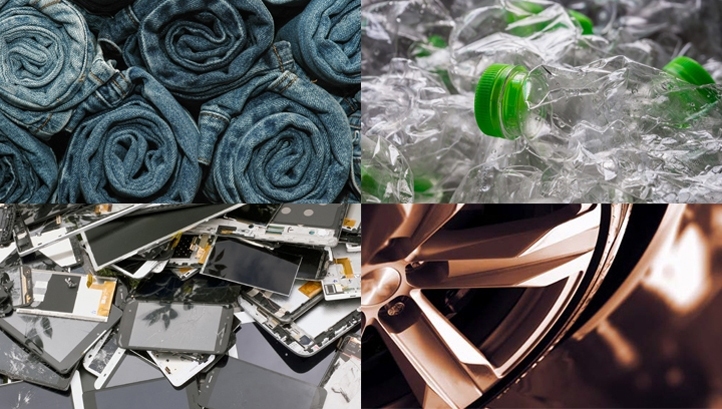Organisations looking to accelerate the transition to a circular economy now have access to a comprehensive ‘edie explains’ guide which breaks down everything there is to know about achieving a zero-waste world.

From plastic packaging to fast-fashion, the new guide explains how businesses can accelerate the circular economy transition
The 11-page business guide, produced in association with waste management specialist Helistrat, provides an in-depth summary of circular economy systems, along with a range of real-life case studies and deeper dives into what the circular economy means for Britain’s core industries.
The guide’s release comes at a critical time for the circular economy, with key resource efficiency challenges such as plastic packaging, fast-fashion and food waste all rapidly rising up the corporate agenda.
A circular economy seeks to optimise the resources we use and keep them in productive loops for as long as possible. In practice, a circular economy replaces traditional linear ‘take, make, dispose’ models of production and consumption. To meet society’s future consumption needs, businesses will need to engage in greater resource productivity, and a circular economy offers a practical way to achieve this.
But what does this look like in practice? Which organisations are most suited to going circular? And what are the business benefits of doing so? This latest edie explains guide answers all of these questions and more to help sustainability and resource professionals understand exactly how they can accelerate the circular economy transition.
The guide also incorporates a number of ‘top tips’ on achieving a circular economy, and concludes with an industry viewpoint and two case studies provided by Helistrat.
In his Industry Viewpoint, Helistrat’s head of sustainability Nathan Gray states: “We must maximise the value of the resources we use, minimise the waste we create, cut emissions and help create a cleaner, greener, healthier planet to protect our society and our way of life.
“The Resources and Waste Strategy expects to contribute to a wide range of economic and social goals as material resources are at the heart of our economy and therefore the use of these resources allows us to meet our basic human needs, as well as generate economic growth and create social value.”
Download and read the full edie explains: The circular economy guide for free, here.
edie staff
